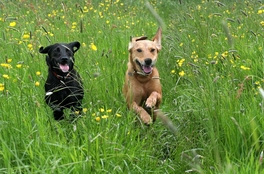 Enjoy the weekend!
Enjoy the weekend! Now we finally have a bit of warmer weather, the chances for your pets to catch ticks are increasing. They can get them during their walks outside or also from other animals, and it is almost impossible to prevent your pets being exposed to ticks in this part of the world!!
A tick goes through a cycle of three or four nymph stages before becoming an adult tick. For each of this stages, it needs blood to progress to the next stage.
Ticks inject a type of venom into their host (your pet!!) in order to be able to feed on blood. Unfortunately, when injecting their venom into the victim, ticks can transfer quite severe diseases like Lyme’s Disease, Babesiosis, Ehrlichiosis, Anaplasmosis, amongst others.
Therefore, it is very important to prevent your pets from being infested with ticks!
Here are a few tips:
Then all that's left is for you and your pets to get out there and enjoy the great outdoors this summer!!!
A tick goes through a cycle of three or four nymph stages before becoming an adult tick. For each of this stages, it needs blood to progress to the next stage.
Ticks inject a type of venom into their host (your pet!!) in order to be able to feed on blood. Unfortunately, when injecting their venom into the victim, ticks can transfer quite severe diseases like Lyme’s Disease, Babesiosis, Ehrlichiosis, Anaplasmosis, amongst others.
Therefore, it is very important to prevent your pets from being infested with ticks!
Here are a few tips:
- Brush your dogs and cats regularly (ideally your dogs every time after the walk outside) to remove lose ticks that might be hiding in the coat. The most common spots are the face/muzzle and chest area.
- Remove ticks with and adequate tool (available at your vet) by twisting it off anti-clockwise. If you are just pulling it off, a lot of times the head will remain in the skin. The tick will not be able to transfer further diseases – however the remaining head can sometimes cause skin irritations or infections.
- Tick prevention: spot-ons or tablets are available at our clinic that can protect your pet for up to 3 months from ticks (depending on the ingredient/product); Some products are combinations of tick, flea and worm treatments. Remember, prevention is better than cure.... please ask at the counter for the most suitable product for you and your pets.
Then all that's left is for you and your pets to get out there and enjoy the great outdoors this summer!!!
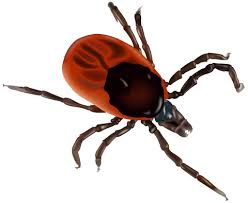
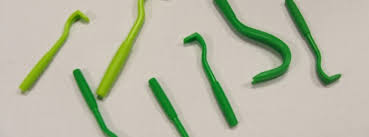


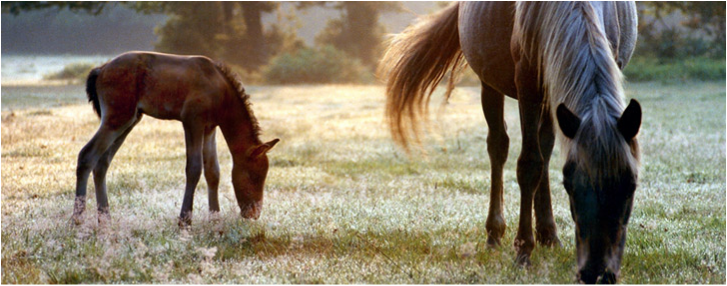
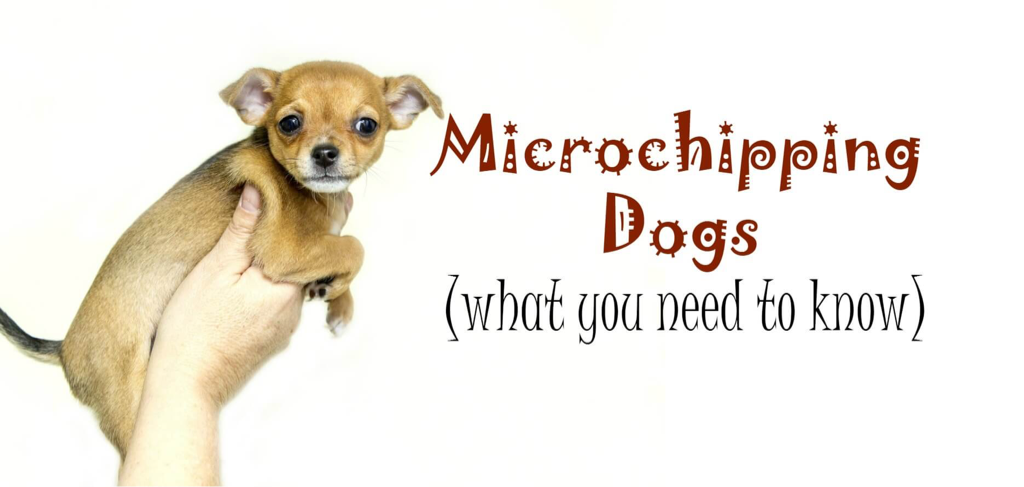
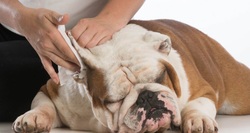
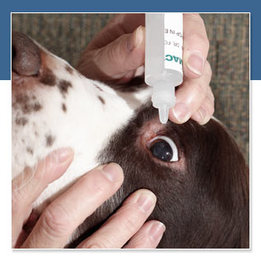
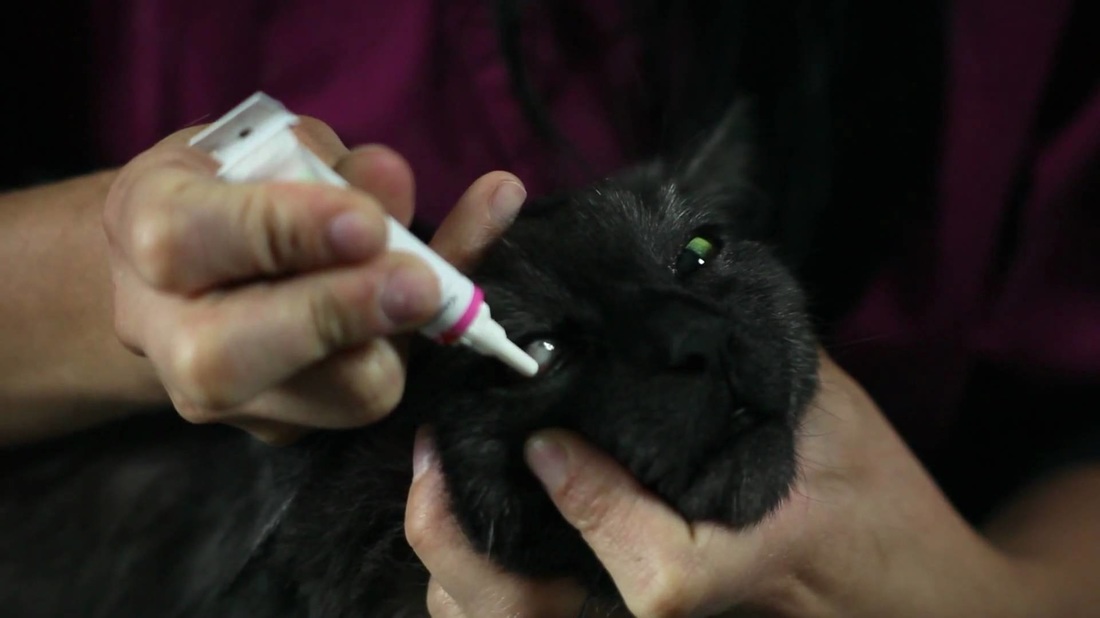
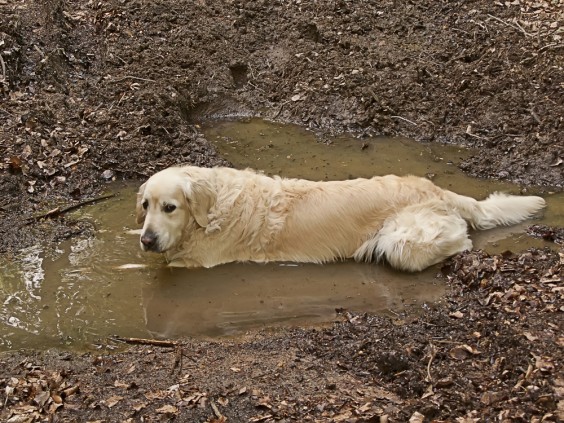

 RSS Feed
RSS Feed
